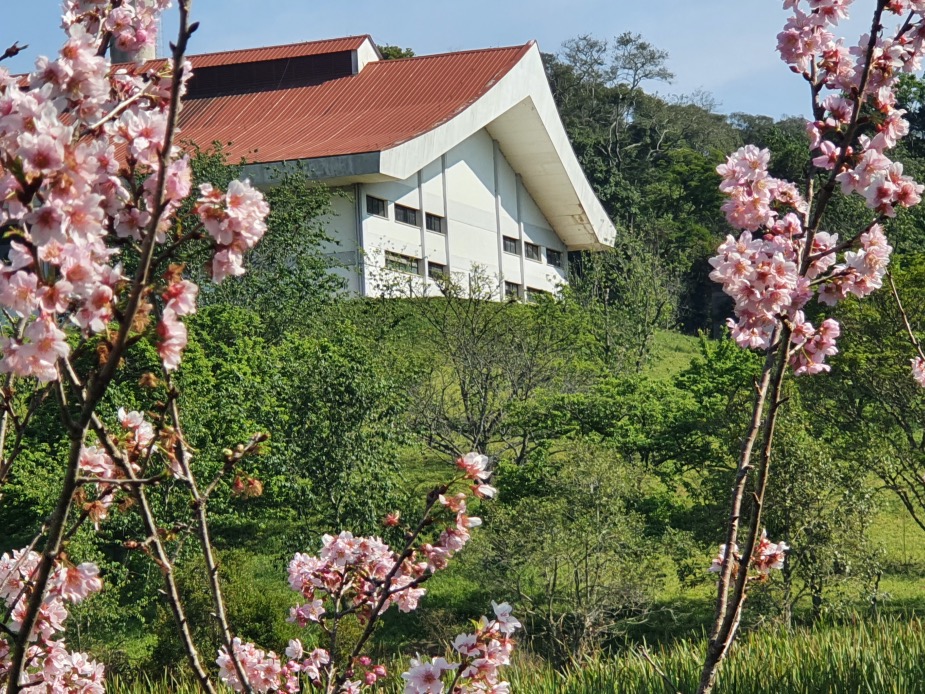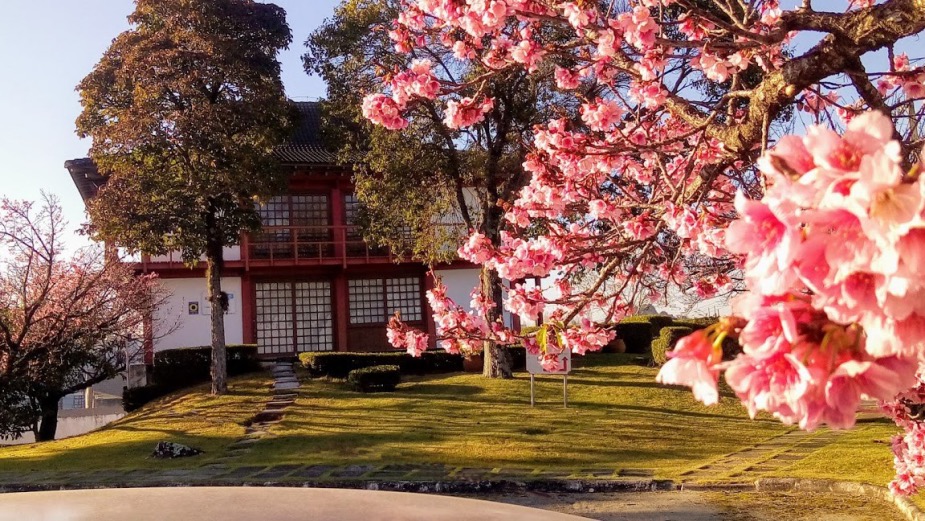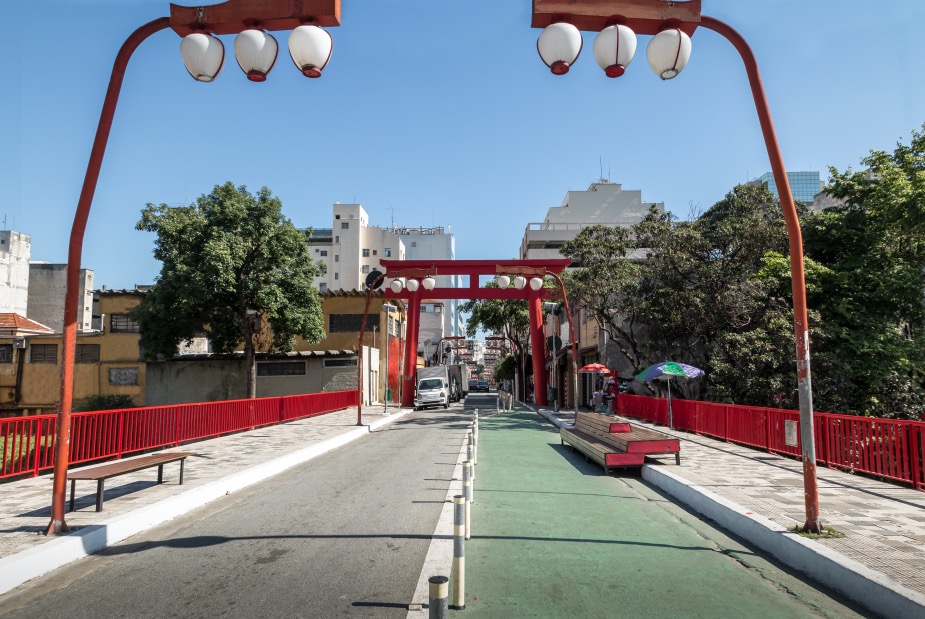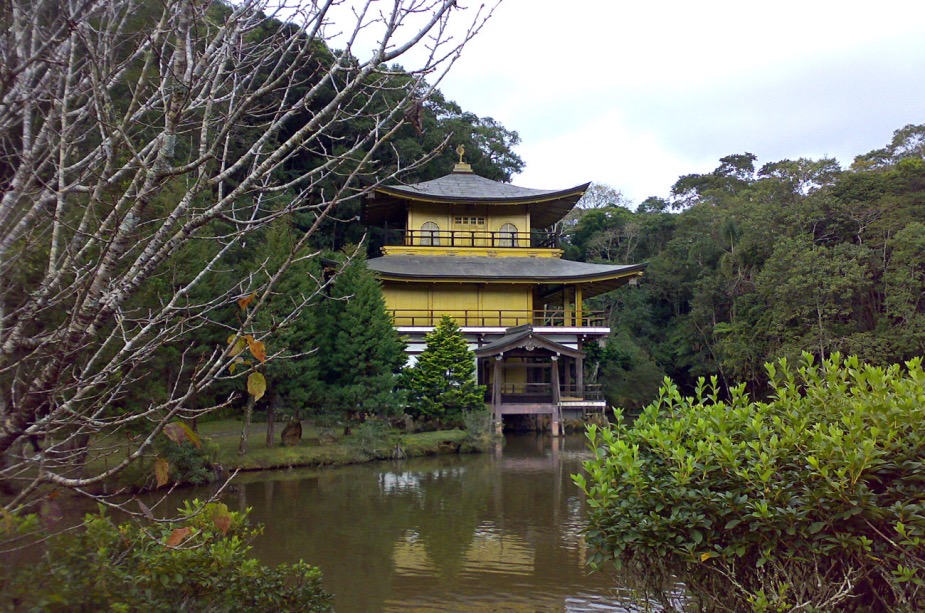
Japan... By Way of Brazil

Every four years when the Summer Olympics comes around, I have that Madeleine memory moment: me as an eleven year old sitting in front of an old flickering Cathode TV set during a hot Summer, enthralled by the exploits of Daley Thompson; CUT TO: later the same Summer, on Lac Balaton, paddling a large barge with the grandmother of my cousin onboard and her mentioning, en passant, my fathers rowing feats to encourage me to row faster; CUT TO: teenage me and my young brother in an underground gym, the walls covered with a collection of past Olympic Games posters and us starting our regular weight circuit, under the watchful eyes of Jacky, our old weightlifting coach; CUT TO: me and my brother moving to England, starting a gruelling rowing program under the watchful eyes of Juergen, our East German coach. later, me on the supporter stands watching my brother rowing at the Olympics in Atlanta; CUT TO: me in Austria at my physical peak realising I would not be ready for Sydney; CUT TO: much later, my favourite one, me holding my one day old baby girl in a Sao Paulo hospital, watching the opening of the Beijing Olympic Games.
My ultimate dream of rowing at the Olympics never came to pass.
Tokyo luckily hasn’t given up on its Olympic Dream despite the challenges of Covid-19 and it’s exciting to see the Games finally coming together. I’ve not been to Japan yet – my first ever job offer was to teach English there on the JET programme but fate brought me to Brazil instead. For now, I’ll have to make do with seeing Japan in Brazil. And that alone is a whole world of wonder in itself.

Kokushikan Centre, São Roque
Brazil and Japan have forged a very close bond over the past 113 years since the first few hundred Japanese immigrants stepped off the Kasato Maru ship in Santos Port (São Paulo state) on 18 June 1908 – a date that is now celebrated as the Japanese Immigration Day all across Brazil. Their influence on Brazilian culture is everywhere, from architecture to agriculture, festivities and of course food; sushi is practically a national dish. The world of arts and entertainment, including TV and film, has a very strong Japanese influence in Brazil, too, and there are dozens of cultural centres and organisations across the country that preserve and promote Nipo-Brazilian identity.

Palacio Hyogo in Curitiba ©Camara-de-ComercioBrasilJapão
This month, the cherry blossoms are coming into flower in parks and gardens all across São Paulo state. The first saplings were brought to Brazil from Japan in the 1930s and four species adapted well to the climate. In Carmo Park in São Paulo, it’s quite the sight to behold when more than 4,000 cherry blossoms are in full bloom. July is also the month when the streets of Liberdade – São Paulo city’s first Japanese neighbourhood – are ablaze with coloured paper streamers for Tanabata Matsuri, the Japanese “festival of the stars”. Music, dancing and Japanese taikô drumming make it one of the highlights of the city’s cultural calendar.

Festival Tanabata in Liberdade São Paulo ©Nelson Antoine
Liberdade is where Spectros – an 8-part supernatural thriller on Netflix – was recently shot. Plastic City – a Brazilian-Chinese-Hong Kong-Japanese thriller – was also filmed there in 2008 and made the Venice Film Festival selection. The neighbourhood is known as São Paulo’s Japan town and it bears all the hallmarks from its red and white street lamps to the Japanese papers at newsstands, signs written in ideograms, and the numerous karaoke joints and sushi restaurants. It’s also home to the Historic Museum of Japanese Immigration in Brazil, with its impressive archive of images and documents from over the decades.

Ponte Bairro in Liberdade São Paulo ©Diego Grandi
A quarter of a million Japanese immigrated to Brazil up until the 1970s in successive pre-and post-war waves. The first immigrants were mainly sent to work on coffee plantations in the interior of São Paulo and nowadays there are 1.3 million Japanese and their descendants living across the state.

Temple Kinkaku-ji in Itapecerica da Serra_©Commons_Wikimedia_kinkaku-ji
Japanese immigration spread much further into Brazil, however, as the new arrivals went to work on major infrastructure projects like railway construction, or to search for fertile land to buy and plant, albeit with varying degrees of success. Colonies were founded as far and wide as the Amazon in the north to Santa Catarina in the south. Small cities like Bastos, Pereira Barreto, Alianças and Assaí were built by Japanese and preserve many of their traditional characteristics today.

Japanese Pavilion in Ibirapuera Park ©Bunkyo
Traditional Japanese architecture can also be found in the state capitals São Paulo and Curitiba. In São Paulo, the Japanese Pavilion in Ibirapuera Park is a remarkable feat. It was a gift from the Japanese Government and the Nipo-Brazilian community to celebrate the city’s fourth centenary in 1954. Built using Japanese techniques and with materials brought from Japan, it’s still a marker of the special bond between the two countries.
For productions looking to shoot Japanese scenography, it might seem odd to say but Brazil has a really broad choice of affordable locations. Permission can be granted to shoot at all the locations featured here, and with remote directing now the norm for our crew, overseas clients can control almost every aspect of a shoot in real time.

Maeda Park












